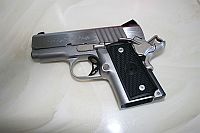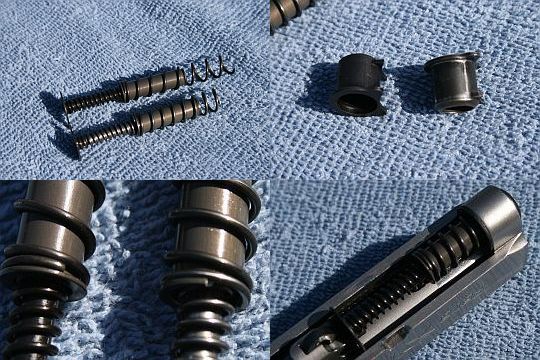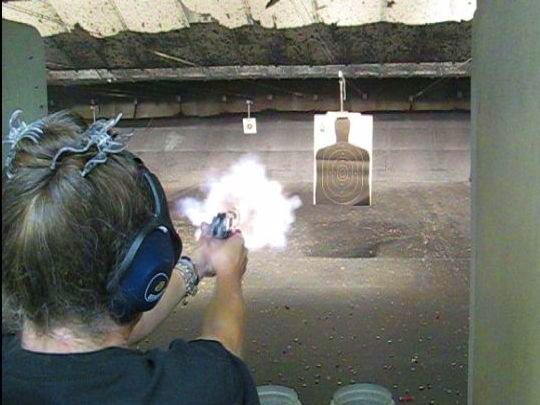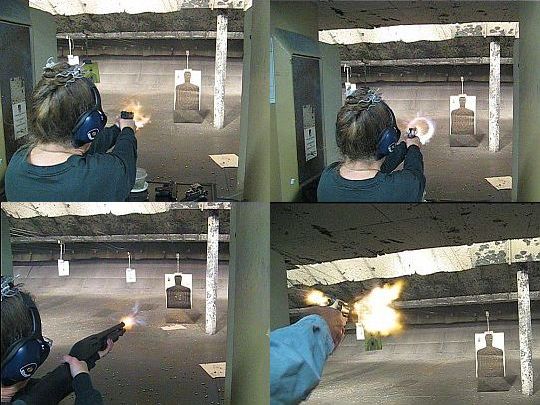We headed for the range today, for our regular target practice and ‘recoil therapy.’ as Robb puts it. The gunography consisted of Damsel’s Warthog .45, S&W 908s 9mm, S&W 686 .357 and her 20 gauge Remington 870 ‘youth model’ shotgun. I brought my Glock 30 .45, Glock26 9mm and my 12 gauge Remington 870 full-sized shotgun.
Damsel received the parts to restore her Warthog during the week and she gave it a test drive today. She will make her second follow-up report on the Warthog in a separate post. Suffice it to say that the ‘Hawg was OK and she put about 100 rounds through it. She shoots ten of those are in the video above.
Our outing today was pleasant. We didn’t try to push any envelopes or make any spectacular shots. It was just a good, healthy shoot, intended to be fun.






